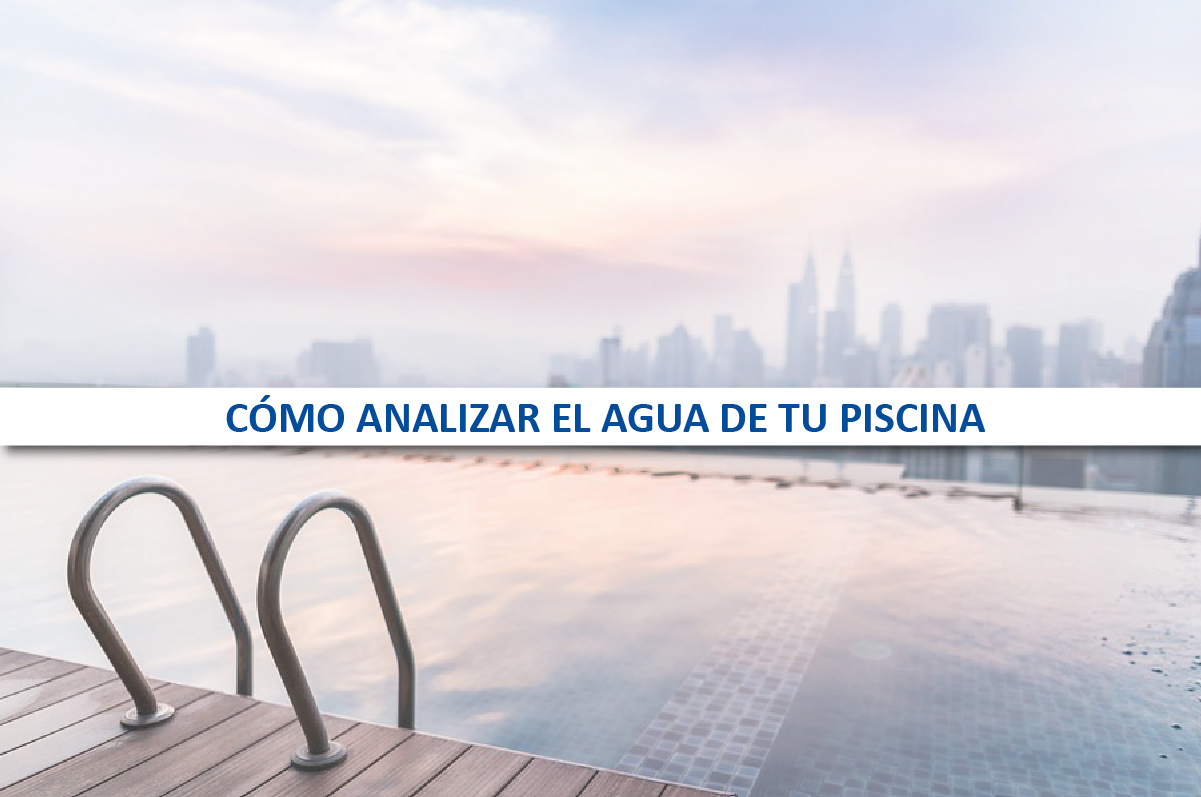In today’s post we will cover one of the most important topics to have a great time this summer. Everyone who has a pool or is going to have it this season for the first time, we should know that the only important thing is not to fill the pool with water and do its treatments, but we have to know how to analyze it correctly to know its status in all time!
Water does not stay the same throughout the summer, rain, heat or other factors can vary its condition and we need to be vigilant to rebalance it again.
So, what do you say we see the most effective methods for such analysis? Currently the most common water analysis systems are:
Digital analyzer
This is the most accurate method at the particular use level. By simply submerging the tool in the water it analyzes the configured parameters.
Reagent analyzer
Using a specimen, a sample of the water should be taken and then the necessary reactive solution added. It is not the most accurate method on the market, but its low cost and ease of use have made it the most used.
Analytical strips
Similar to the reagent analyzer, but instead we must immerse the analytical strip directly into the water. The strip should change color once it comes into contact with the reactive substance. Once the color change has occurred, you only need to check the results with the color table.
Now that we know this… should we know what are the vital parameters that we need to analyze truth? Well, let’s go!
PH
With this parameter we will measure the acidity of the water. It is very important that the water is in good condition is kept between the values 7.2-7.6. Otherwise we must use the necessary chemicals to stabilize it.
Chlorine
In the water of a pool there are different types of chlorine:
Free chlorine: this chlorine is responsible for the elimination of microorganisms.1.5 ppm free chlorine is recommended for water disinfection be the right one.
Residual chlorine: is the remaining chlorine, which does not provide any solution, but only the smell of chlorine so characteristic, and even annoying reactions in the eyes.
Free residual chlorine: these are the chlorine residues that remain in the water for a while after the act of free chlorine.
Alkalinity
This parameter has to be the right one or the water of your pool will never be as transparent and clean as you want. It will tell us how many alkaline components the water contains. If alkalinity is stable, the PH will be stable, too. Recommended alkalinity values are between 125-150 ppm.
Calcium hardness
This factor allows you to control the calcareous inlays and measure the amount of lime in the water. If the calcium hardness has high values, inlays will be created on the walls of the pool and could cause deterioration of the pipes or other elements that form the installation of the pool.
Stabilizer
Cyanide acid works as a chlorine stabilizer. It must not exceed 40 ppm.If it is 0 ppm it will also not help disinfection.
Phosphates
It is very important that the phosphates remain at a value of 0 and thus control the appearance of algae in the pool, as they feed on substances with phosphates, therefore the fewer phosphates less algae.
Now that you are up to date on how to analyze the water in your pool we hope you won’t wait to see the water in your shabby pool to do so and do at least one test per week. Next step: enjoy your bath!
